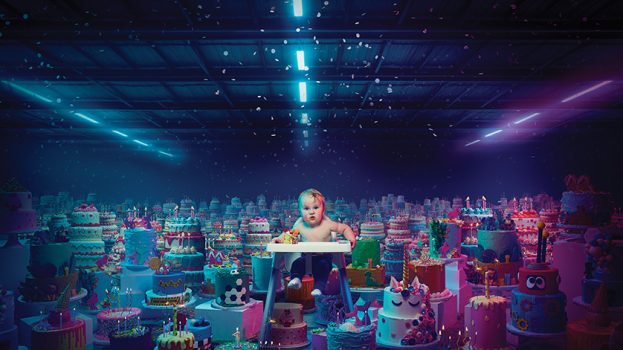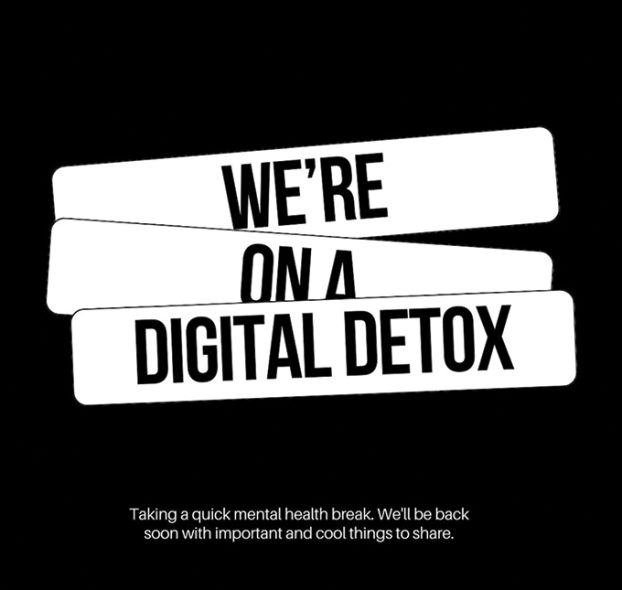This article appeared in the Oct. 2016 issue of strategy.
By Ian Mirlin
Apple’s “1984” commercial is well-known to us all.
Shown just once during the Super Bowl in January 1984 (not counting a late-night screening in December 1983 to help qualify it for award shows the following year), it reframed a foreboding time with a breathtaking promise: “On January 24, Apple Computer will introduce Macintosh. And you’ll see why 1984 won’t be like ‘1984’.”
The despotic monotone, the hammer throw, the shattering glass, the stark, dramatic copy. The spot almost made one believe this wondrous new machine had been conceived as an act of social conscience. What felt most clear was that the dragon had been slain. Technology was going to be our friend after all.
I (and thousands like me) wanted to rush out and buy a Mac and start writing the best advertising known to humankind.
Years later, as the coarse threads of data and technology now weave our work, I think about that commercial quite differently: less with the pulse-quickening bravado it engendered in me then, and more with a haunting regret for the way our industry has approached this post-1984 age.
It seems to me we’re letting slip a defining opportunity. It’s not about the technology so much as our deployment of it. Our unchecked obsessiveness with new and shiny things is replacing the fundamentals that brought us here.
The symptoms abound. We are in love with unprecedented consumer access over unbridled consumer promise. We place the precision and velocity of messaging above the value of the message itself.
We have come to believe that social media provides an easy path to building brand equity, when we know there are no shortcuts to the customer’s heart.
Whatever colour “soul” might be, the homogenizing wash of data has begun to bleach that colour from our palette and, along with it, the vital originality with which each of us is born.
There is little soul left in the work we do and the brands we help fashion are noticeably poorer for it. It’s what happens when we cease to paint by hand and begin to paint by numbers.
Much of this is salvageable. There is place for data big and small, and for technology too, in all its sundry applications. But these are not our rocket; they are merely our fuel and our guidance systems.
Brands still return ROI when we’re courageous, meaningful and patient. It’s time to invest our new and experienced talent in the immutable principles that shape and steward brands, rather than leaving them to riff endlessly with the technology they have come to believe is our core currency. Too few of them know anything about our industry’s ancestors or the invaluable wisdom they have left us.
I ring this bell of alarm quietly.
Early this summer, McCann Japan announced the successful use of artificial intelligence to produce a commercial for its Mondelez client, Clorets mints. The agency employed a team to analyze and tag past TV ads, including winners at Japan’s Radio & Television Commercial
Festival. The AI creative, a spokesperson said, was “designed to mine the Festival’s database and creatively direct the optimal commercial for any given product or message.”
Equally disquieting came a recent report from Accenture that “marketing is so inextricably linked to technology that by 2017, chief marketing officers are projected to spend more on information technology and analytics than chief information officers.”
Any business, especially in those fields centred in creativity, that has made meaningful progress studiously recognizes its past, taking time to steep its budding talent in the essential values that have been passed to them.
It’s basic training and a vital route map for each of us to locate and contribute our own individual gift – like the young Hunter S. Thompson retyping The Great Gatsby from beginning to end, just to understand what it means to be a writer.
I always admired the way Waylon Jennings explained a career in country music to an aspiring young singer: “Remember son, this song has been done a million different ways except for the way you’ll do it.”
I’ve never found anything quite so translucent to explain the secret that allows any discipline to endure.
The originality of the creative voice within any tradition is its most precious asset. Disconnected from its past and misguided as to its future, today our greatest asset is also our most endangered.

























